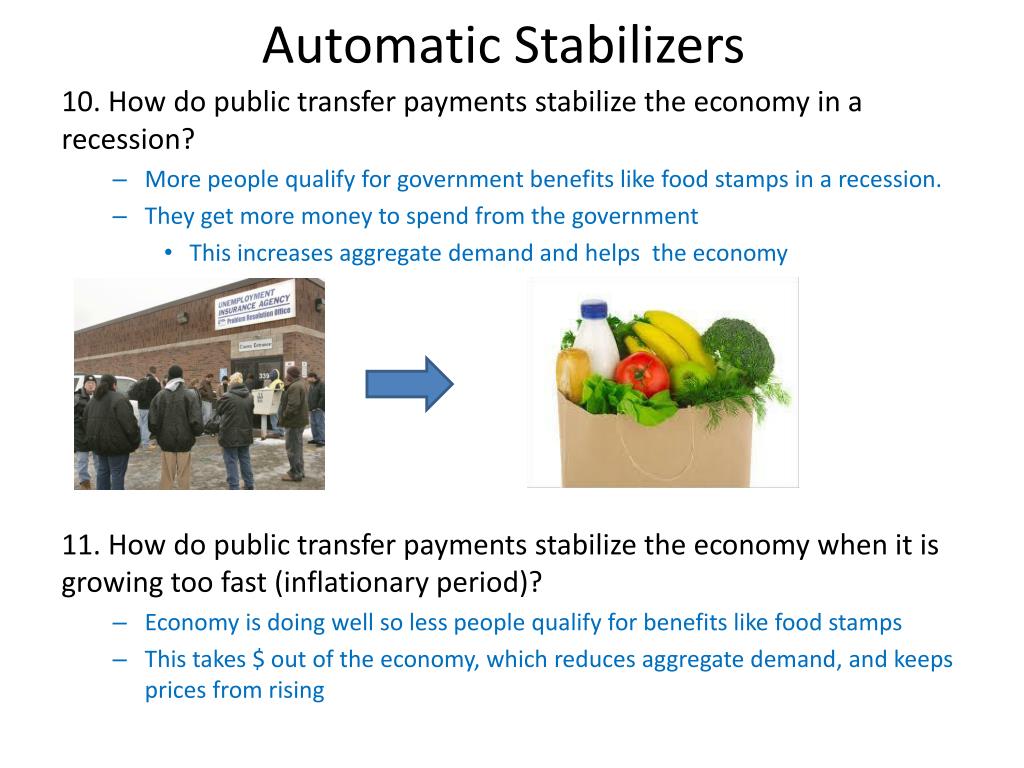
Therefore, the fiscal response to the economic downturn has included a great deal of discretionary spending increases. That however does not mean people are able to access their approximate tax savings at the moment they lose their jobs! Income taxes turn out to be one of the largest automatic programs in place, as the tax bill actually paid declines a great deal during a recession like this one. The programs that do not need new legislation to spend additional money are known better as automatic stabilizers and include unemployment insurance, SNAP (food stamps), Medicaid, and income and corporate taxes.

There are often discretionary expansions to these programs during recessions, with unemployment benefits supported for longer periods or at higher amounts, or more people being given access to food assistance. So you might think of existing unemployment insurance programs or food assistance programs like SNAP as being automatically employed to augment income and spending when people have lost their jobs. Discretionary programs are those that Congress passes into law that allocate new spending, while mandatory programs already exist and need no Congressional action to spend money as the rules for that increased–or decreased–spending were passed into law at an earlier time. Most notably, the Social Security Act helped institute unemployment insurance, and other direct assistance to mothers with children.īefore going further, when we speak of stimulus to the economy, there is often not an obvious distinction between discretionary and mandatory spending programs. Notably, many of these programs did not survive in their original form if at all, but a few have persisted. Some of these programs were more successful–and controversial–than others. An alphabet soup of new programs were created during the New Deal to help get Americans back to work and improve the economy. on an active basis during the New Deal era of the Great Depression. This might then prevent a deeper decline or help aid in a recovery.įiscal stimulus was really first widely employed in the U.S. Keynes himself justified this by explaining that during times of great uncertainty, the government is able to provide that stability that firms or consumers might not be able to. These programs are all generally “Keynesian” in nature, via their efforts to manipulate economic activity. The government via Congress–with Presidential approval–can try to help stimulate the economy from periods of protracted or even short-run decline.


economy is currently still grappling with the COVID-19 pandemic, but this is not the first crisis to have faced individual economies.


 0 kommentar(er)
0 kommentar(er)
